Vietnamese people have set foot in distant lands for centuries - through trade routes, academia, and waves of migration. With Japan, those ties reach even further back than many imagine: as early as the 16th and 17th centuries, Japanese merchants sailed to Hội An, built trading quarters, and left behind the iconic Japanese Covered Bridge. In those days, each voyage meant months at sea - a gamble with monsoon winds and raging waves.
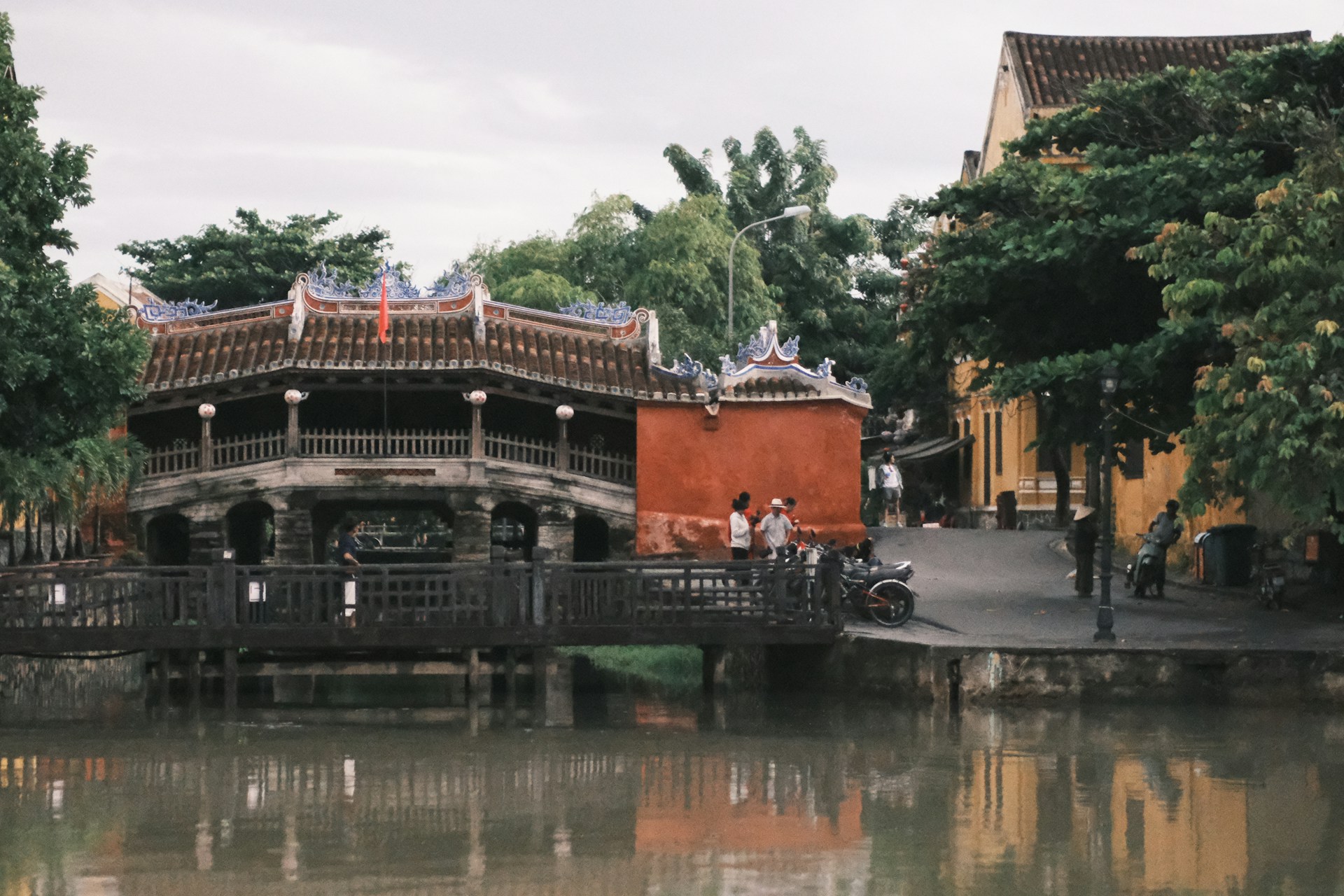
Fast forward to the 21st century, and those exchanges have grown into a thriving community: over half a million Vietnamese were living, studying, and working in Japan by 2023. Vietnamese students now make up the second-largest international student group after China; technical trainees and workers account for a significant share; and more engineers, specialists, and entrepreneurs are choosing Japan as the place to build their future. For many families, Japan has become a “second home.” And with that comes an ever-growing need to travel back and forth - more than ever before.
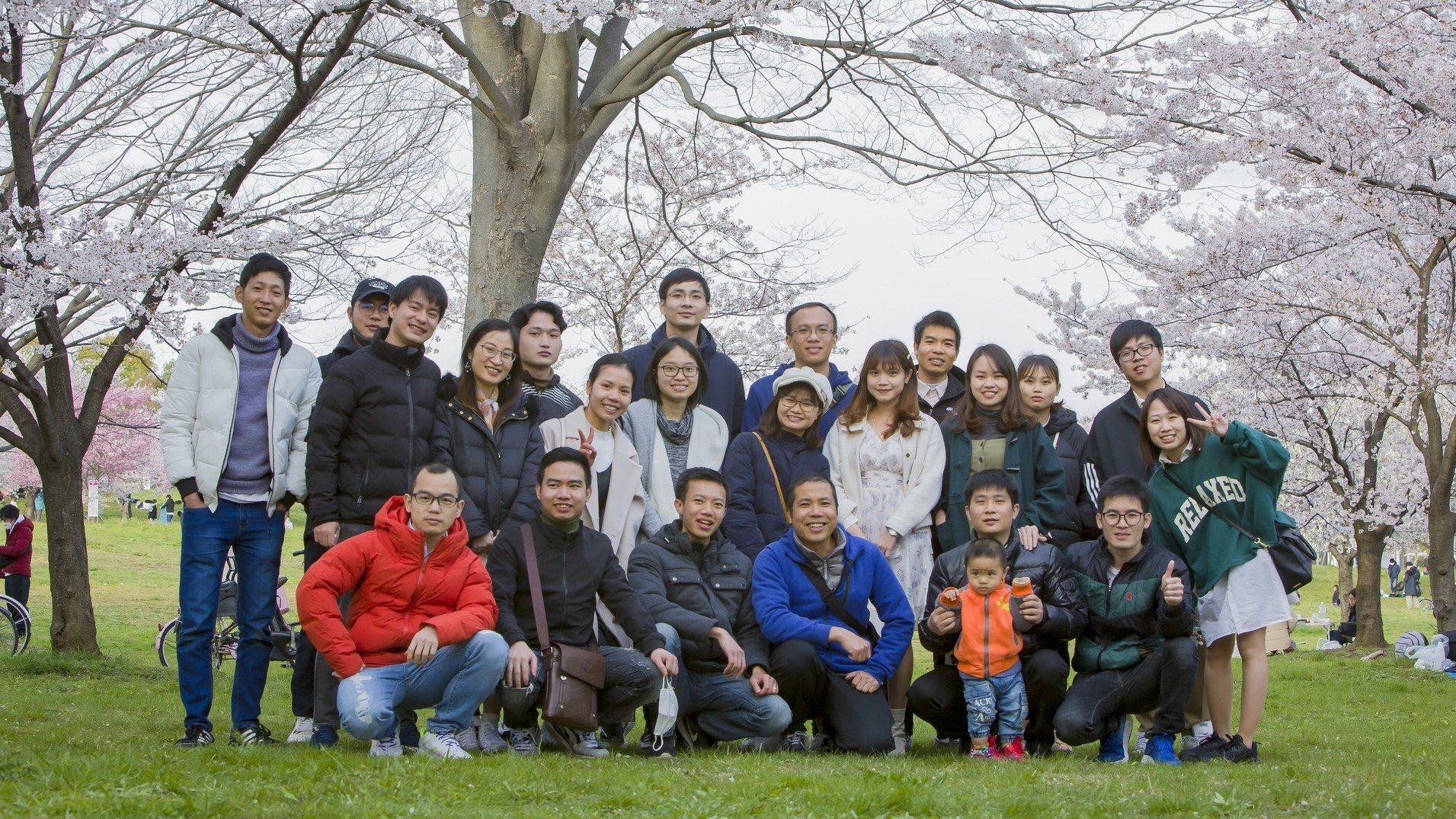
Vietnamese have always carried within them a spirit of venturing into the world. Some left in pursuit of learning and knowledge. Others sought jobs abroad to provide for their families. Many came to build careers and futures in new lands. Yet no matter the reason, one question lingers: Why do they come back?
Often, the answer is simple: for loved ones, for their homeland, for the wish to bring opportunities back to the place where their roots lie. Once, returning home was so distant that it became a major event in itself. Today, that journey is shrinking, not just in memory and longing, but in actual flight hours.
From Historic Encounters to Today’s Vietnamese Community in Japan
The bond between Vietnam and Japan is hardly new. Records recall the Nguyễn Lords, Hội An became one of East Asia’s busiest trading ports, welcoming fleets of Japanese ships. The remnants of the Nihonmachi (Japanese town) in Hội An still stand today - traces of voyages that once took months across dangerous seas.
Today, the relationship has turned a new page. Japan is not only one of Vietnam’s top economic partners but also home to one of the largest and most diverse Vietnamese communities abroad. According to Vietnam’s Ministry of Foreign Affairs, over 500,000 Vietnamese currently live and work in Japan, making it the second-largest overseas Vietnamese community worldwide - only after the United States. The growth has been remarkable: from around 54,000 people in 2012 to nearly ten times that by 2022.
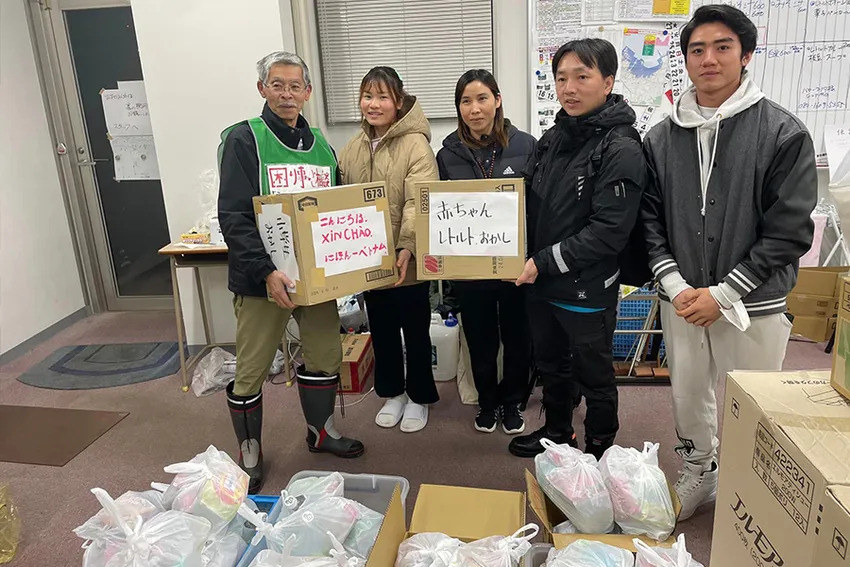
Behind these statistics are hundreds of thousands of personal stories: students chasing academic dreams, trainees and engineers seeking career paths, entrepreneurs driven by ambition. Together, they are weaving a stronger bridge of connection between the two nations.
This bond is mirrored in air travel demand. Except for the disruption of the pandemic, the number of flights between the two countries has grown year after year. Once international routes reopened, Japan immediately ranked among the most searched destinations for Vietnamese travelers. By 2024, there were over 120 direct commercial flights every week connecting Hanoi, Ho Chi Minh City, and Da Nang to Tokyo, Osaka, Nagoya, and Fukuoka.
Behind those constant flights lie everyday needs: family visits, Lunar New Year reunions, school terms, or the chance to be present on a milestone day. In such moments, a plane ticket is more than just transportation - it is the thread tying ideals to homeland. No longer must people choose between pursuing careers abroad or staying close to home; a few hours in the air allows both to coexist in one’s journey.
Distances Once Hard to Cross
Centuries ago, returning home from Japan meant weeks of drifting on the open sea. Today, flights have cut that journey to just a few hours. Yet paradoxically, the dream of returning home still comes with obstacles.
The first is connectivity. Direct flights remain concentrated in Tokyo and Osaka, while Vietnamese communities are spread across Japan - from Fukuoka and Hiroshima to Hokkaido. For many, the journey is not just a 5-6 hour flight, but an added few hours of shinkansen rides or domestic transfers before even reaching the international gate.
Then comes the cost. Affordable airfares are more common now, but during peak seasons - especially Lunar New Year - fares can double or triple. For students, interns, or blue-collar workers, a ticket home might mean sacrificing an entire month’s wages. Some choose to stay behind, their only reunion being through a phone screen while family gathers around the dinner table.
Paperwork and logistics add another layer. From preparing documents for relatives to managing hidden travel expenses, the hesitation grows. The journey home is not always just about buying a ticket - it’s about confronting the anxiety of: “Will I make it back on time?”
These barriers turn the dream of going home into a carefully weighed plan. Which is why every new direct flight, every shortened route, carries such profound meaning for Vietnamese in Japan.
When Flights Bring Home Closer
In the Vietnam-Japan aviation map, names like Vietnam Airlines, ANA, and JAL have long dominated, serving major hubs such as Tokyo and Osaka. But since 2018, Vietjet has steadily expanded its footprint, offering a new option for Vietnamese abroad.

The years 2024-2025 mark a milestone: new routes such as Ho Chi Minh City - Fukuoka and Ho Chi Minh City - Nagoya joined the existing Hanoi-Tokyo (Narita/Haneda), Ho Chi Minh City/Hanoi-Osaka, and Ho Chi Minh City-Hiroshima services. The strategy is clear: target second-tier cities, where large numbers of Vietnamese workers and students reside.
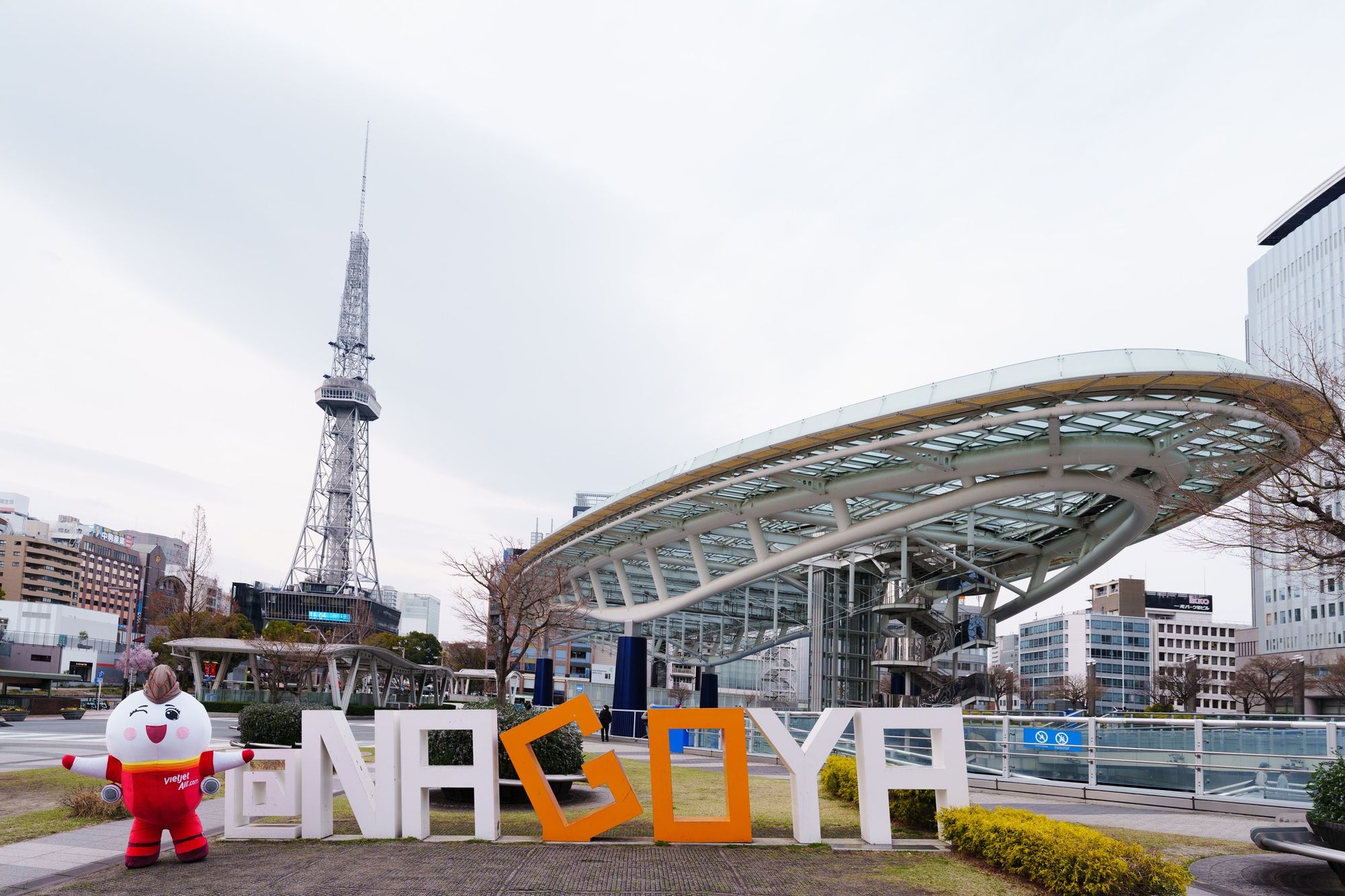
The impact goes beyond numbers. A worker in Fukuoka no longer needs to travel hundreds of kilometers to Tokyo before flying home. A student in Nagoya can take advantage of a short break to go straight back to Vietnam - without the extra cost and time of transit. These direct routes shorten not only physical distances but also the journey of homesickness.
Flexible ticket pricing further eases the burden, enabling workers and students to return for important occasions without unbearable financial strain. A 2024 Japan Times survey found that Vietnamese in Japan value direct flights, convenient schedules, and accessible fares - needs that Vietjet is gradually meeting.
At the same time, Vietjet is upgrading its fleet with wide-body Airbus A330s and fuel-efficient A321neos, ensuring more stable and economical operations. The result: more affordable, practical travel options for home visits and family reunions.

In essence, Vietjet isn’t just opening new routes - it is opening new “paths home” for hundreds of thousands of Vietnamese in Japan.
The Journey Continues
A century ago, leaving home to study or work meant years of separation. Today, just a few hours and a few million VND are enough to bring Vietnamese abroad back to their families. It’s not only about speed - it’s a turning point in the experience of an entire generation going abroad.
Direct flights between Vietnam and Japan have transformed “homesickness” from a heavy burden into a tangible journey. Airplanes don’t just carry passengers. They carry reunions, shared meals, and the joy of parents seeing their children again after long absences.
The presence of budget airlines like Vietjet makes that journey even more accessible. With affordable fares, students, workers, and small families can now plan trips home without hesitation. What was once a distant and uncertain journey is now just a few hours away.
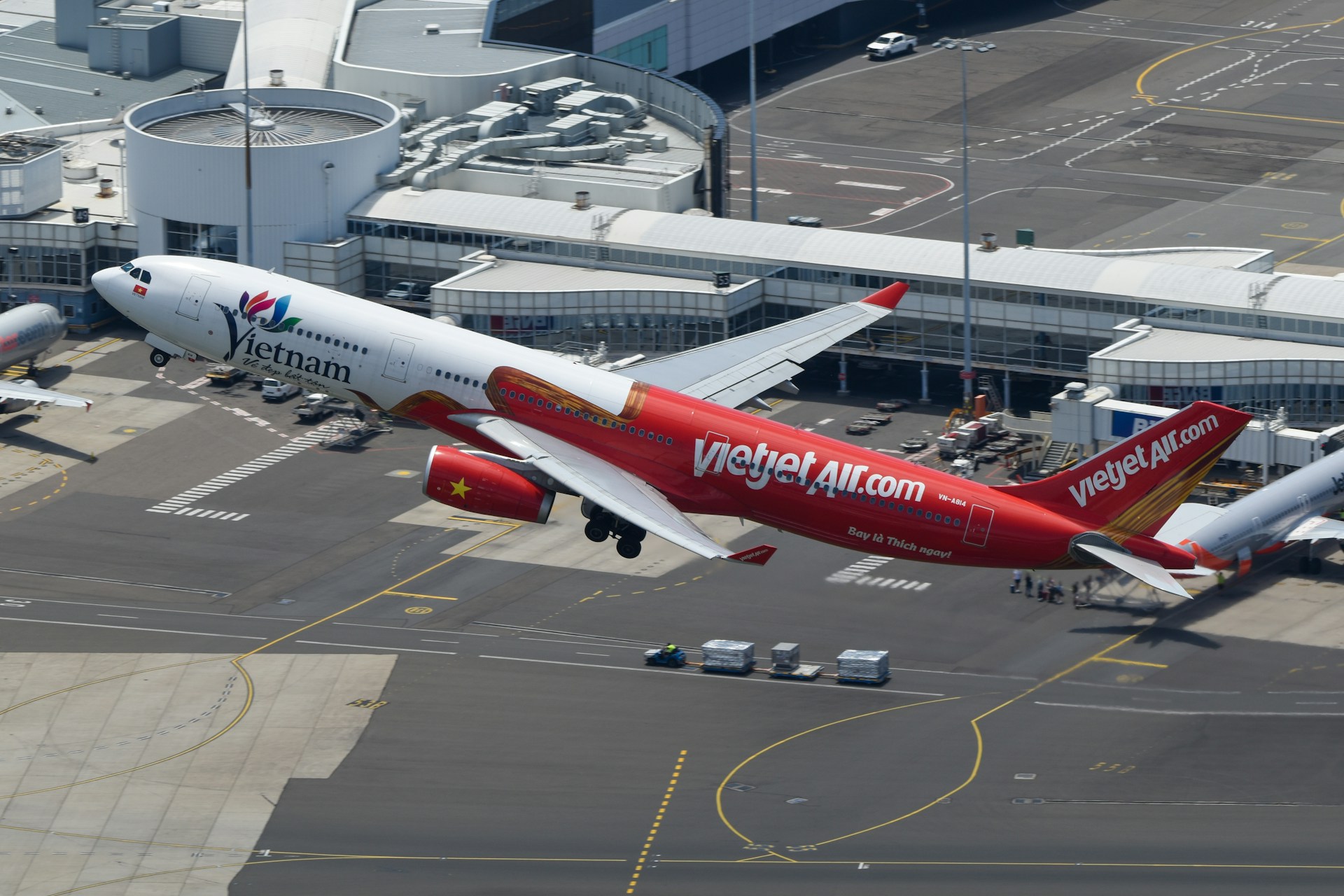
Geography has been shortened, but more importantly, emotional distances have been bridged. Every flight is more than just traveling from point A to point B. It’s a gentle reminder: home is always within reach.
The journey of “leaving and returning” has never been easier.
